Most organizations don’t realize how much their systems are holding them back—until they stop and take a real look.
Your UKG platform may be live. Your processes may seem functional. But here’s the real question:
Is your system actively driving your business forward—or just getting by?
At Mosaic Consulting Group, we help clients stop operating on autopilot. Our UKG Strategic System Review is more than a tune-up—it’s a catalyst for transformation. Whether you’re scaling fast, integrating new modules, or just feeling like your HR tech isn’t delivering on its promise, this is your opportunity to break through the plateau.
You Don’t Know What You’re Missing—Until You See It
What if buried inside your current UKG setup were:
-
Automations that could save your team hours each week
-
Reports that could prevent workforce disruptions
-
Compliance gaps you didn’t know existed
-
Friction points frustrating your employees every day
We uncover those hidden inefficiencies—and then help you fix them.
What We Assess (And Why It Matters)
Our UKG Strategic Assessment takes a deep, strategic look at how your system is configured, used, and aligned with your business goals. Here’s what we focus on:
1. Unlocking Efficiency That’s Been Sitting Idle
Manual tasks that could be automated. Processes that no longer make sense. Our review surfaces areas where your system is costing you time and energy—then recommends smart optimizations so your team can stop treading water and start moving forward.
2. Turning Your Data Into Decisions
Real-time insights shouldn’t be a luxury. They should be the standard. We help you harness UKG’s reporting capabilities to surface the metrics that matter—so leaders can act quickly, spot trends early, and back up decisions with hard data.
3. Protecting What You’ve Built
Regulations shift. Policies evolve. But your system configuration doesn’t always keep up. We identify compliance gaps and vulnerabilities, ensuring your setup aligns with current labor laws and internal controls—before issues arise.
4. Planning for What’s Next
Can your system scale with your growth? Can it handle new locations, workforce changes, or module expansions? Our review tests the strength of your UKG foundation and offers a roadmap for sustainable scale.
5. Improving the Employee Experience
A better-configured system doesn’t just help HR—it helps everyone. From streamlined time tracking to smarter scheduling and more intuitive self-service tools, we ensure UKG is working for your people—not against them.
Who Should Get a Strategic Review?
You’ll benefit most if:
-
You’re about to implement new UKG modules and want to make sure your foundation is solid
-
You’re upgrading to UKG Pro and want to use every new capability to its fullest
-
You’ve had the same setup for years and suspect it’s overdue for a smarter strategy
-
You’re hearing internal feedback that “the system’s clunky,” but can’t pinpoint why
-
You’re scaling fast and don’t want your systems to slow you down
Why Mosaic?
We’ve guided hundreds of clients through complex UKG implementations, optimizations, and upgrades—and we know how to spot what’s not working. More importantly, we know how to fix it.
Our approach is hands-on, strategic, and tailored to your business—not just your system.
With Mosaic, you don’t just get a report. You get a partner who understands how technology, people, and operations connect—and how to make them work better, together.
Final Thought: Don’t Wait for Inefficiency to Become a Crisis
The best time to assess your system isn’t when something breaks. It’s now—while you have the opportunity to refine, align, and build smarter processes that support your goals.
Because “good enough” systems lead to stagnant teams. And great systems? They power great companies.
Let’s make sure yours is one of them.
→ Ready to upgrade your UKG strategy? Partner with Mosaic Consulting Group.

